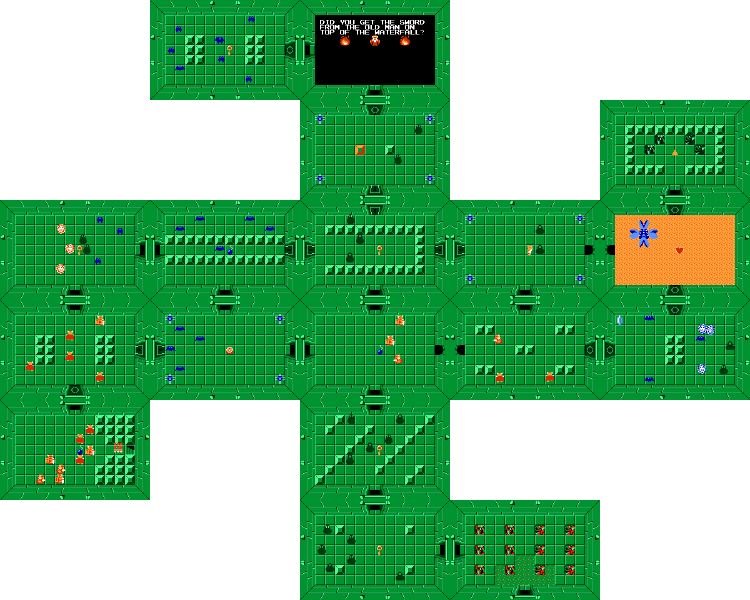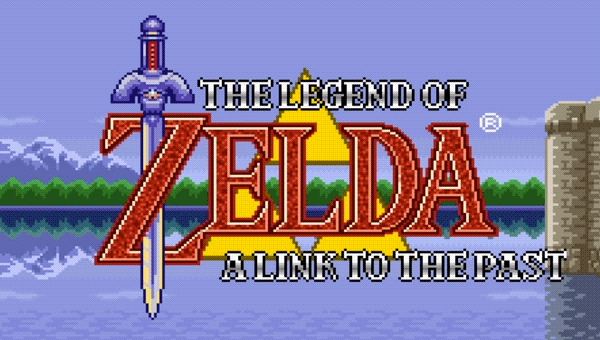Throughout the 30+ years that The Legend of Zelda has been around, there have been numerous religious controversies involving the franchise.
Manji

In the first game in the franchise, the third dungeon (called “Level 3” or “Manji”). The name “Manji” comes from the Japanese name for the shape of its map (commonly known as a “swastika” in English). It is an important symbol in the Asian religions of Hinduism, Buddhism and Jainism and since the Zelda games are developed in Japan, the developers saw nothing wrong with using the symbol.
In North America and Europe (where Hinduism, Buddhism and Jainism are uncommon religions) the swastika is commonly associated with the National Socialist German Workers’ Party (“Nazi Party”) which controlled Germany and was responsible for the deaths of nearly 6 million Jews and millions of others in the Holocaust in the 1940s.
The use of the swastika in a game marketed towards children surprisingly didn’t cause much controversy but in more recent years it has been joked about by fans of the series.
The Legend of Zelda: A Link to the Past

The third installment in the franchise was released in North America for the Super Nintendo Entertainment System in 1992. In Japan, the game is called “Zeruda no Densetsu: Kamigami no Toraifosu” which translates to “The Legend of Zelda: Triforce of the Gods“.
Nintendo of America was against releasing games with religious references which is why the English name of the game doesn’t contain a reference to God. Additionally, while not much of a religious reference, Nintendo of America also removed ancient Egyptian characters that briefly appeared in the game and replaced them with random symbols.
Ocarina of Controversy
The Legend of Zelda: Ocarina of Time is often considered by critics to be one of the best video games ever made. Despite this it was somewhat controversial to some religions.
The most well-known controversy in the history of the Zelda franchise involved the music that plays inside of the Fire Temple. Below is the original song:
A sample of an Islamic chant is used in the song. The chant is very synthesized and hard to decipher but it is claimed that one of the chants is Arabic for “I bear witness that there is no god but Allah”. Due to the controversy surrounding this song, it was removed from later copies of the game and replaced with the version below.
The Islamic chants in the Fire Temple were not the only controversy involving this game. Another controversy surrounded the symbol of the Gerudo people (seen below).

The symbol resembles the star and crescent used as a symbol of Islam (which can be seen on the flags of many countries such as Pakistan and Algeria). Like the Fire Temple music, the symbol was removed from later copies of the game (the new symbol can be seen below).

The updated Gerudo symbol has since been used in later games in the franchise. While Nintendo of America was very strict about religious references in their games, it is interesting that they saw no problem with the Arabic chants or the Gerudo symbol when releasing this game in North America. Older copies of this game that still have the chants and the old Gerudo symbol are commonly sought out by fans of the series as they are rarer than the updated copies.
For another example of censorship, see the Japanese name of the Book of Magic on another page.